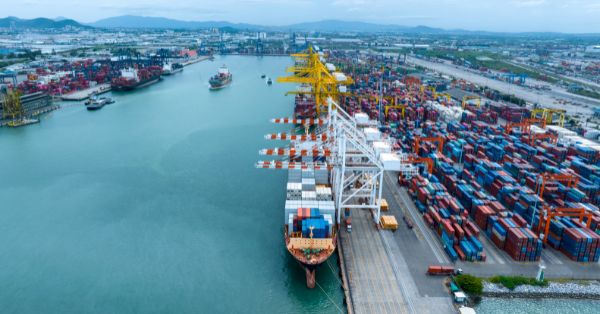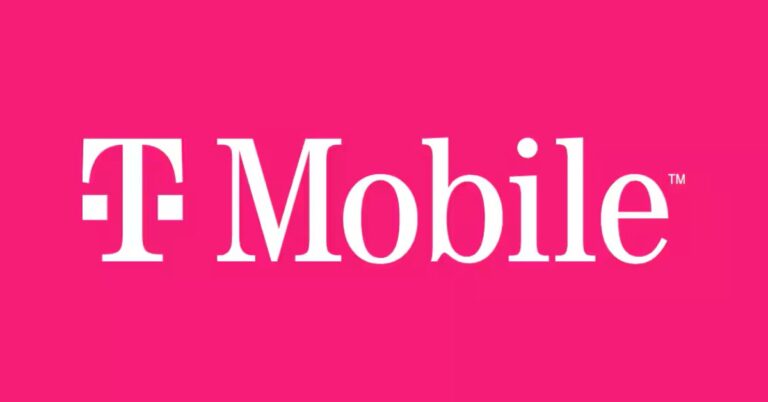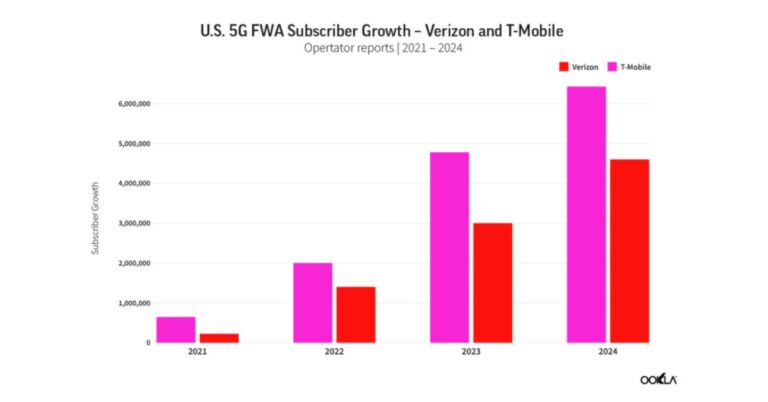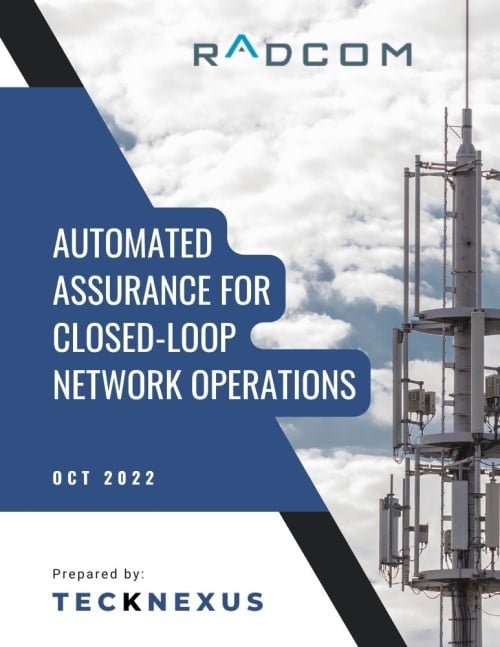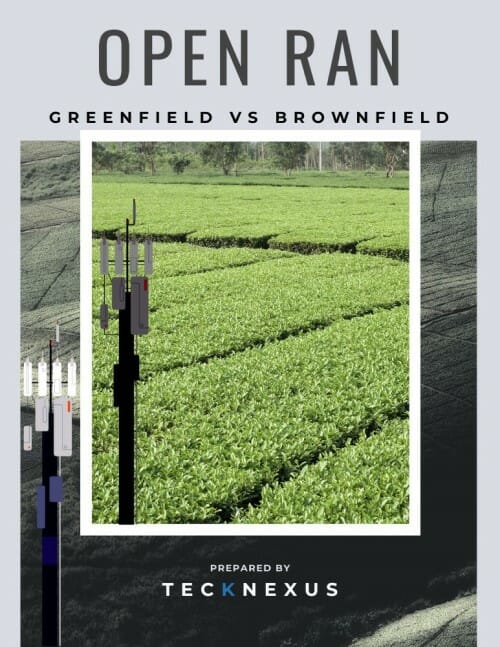Introduction Orange unveils its intention to set up a private 5G network at the Aqaba container terminal in Jordan, marking the first of such projects for both the country and Orange in the Middle East and Africa.
Challenges or Objectives The Aqaba Container Terminal, a principal operator at Jordan’s sole port, seeks to bolster its competitiveness and attract further investments by embracing technological advancements.
Solution Implemented A private 5G network is being established in the Aqaba container terminal. This will be the country’s inaugural private 5G network, leveraging Orange Jordan’s existing public spectrum.
Supporting Evidence Orange Jordan and the Aqaba Container Terminal have expressed optimism about the network’s potential. The former considers this a “monumental step”, while the latter views it as a “pivotal moment” towards technological prominence.
Why the Selected Technology Was the Right Choice?
Orange Jordan’s CEO, Philippe Mansour, underscores 5G as a technological watershed moment. He believes it offers avenues for better competitiveness, efficiency, and adaptability. Investing in such advanced technologies aligns with Orange Jordan’s mission to further economic and societal progress in Jordan.
Use Case Benefits The network will usher in a novel quality of service within the industrial-port district. This promotes innovation and paves the way for tailored use cases, offering a competitive edge to the port.
Industry Impact The initiative signifies Orange’s dedication to technological progress. It also throws light on the potential of private 5G networks to redefine multiple industries, facilitating bespoke connectivity solutions for enhanced productivity and innovation.
Orange Role Orange leads the project, bringing technological innovation to Jordan. Their commitment to the latest technologies is a testament to their ambition to instigate economic and social progression in the region.
Partners for the Use Case The Aqaba Container Terminal works in partnership with APM Terminals and the Aqaba Development Corporation (ADC).
Use Case Status Being deployed.
Customer Endorsements
Harald Nijhof, CEO of the Aqaba Container Terminal, extols Orange Jordan’s tailored solutions. He applauds their efficacy in amplifying operational efficiency and fortifying Aqaba’s digital underpinnings. Nijhof anticipates continued success from this strategic association.



